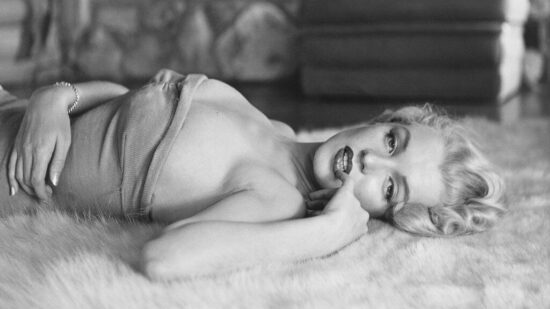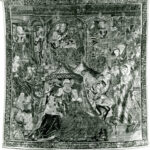Marilyn Monroe, born Norma Jeane Mortenson on June 1, 1926, was an iconic American actress, model, and singer. She became one of the most enduring and influential figures in popular culture during the 1950s and 1960s. Known for her captivating beauty, sensuality, and vulnerable persona, Monroe remains an iconic symbol of femininity and glamour to this day. This detailed biography explores the life and career of Marilyn Monroe, delving into her early years, rise to stardom, personal struggles, and legacy.
Early Life and Difficult Childhood
Marilyn Monroe was born in Los Angeles, California, and faced a challenging upbringing. She was the third child of Gladys Pearl Baker, a film negative cutter, and her exact paternity remains uncertain. Monroe spent much of her childhood in foster homes and an orphanage due to her mother’s mental instability. These early experiences left a lasting impact on her emotional well-being and shaped her later struggles with depression and anxiety.
Modeling and Acting Career
Monroe began her career as a model in the late 1940s, signing with Blue Book Model Agency. Her stunning looks quickly gained attention, leading to modeling assignments and appearances on magazine covers. In 1946, she signed her first movie contract with Twentieth Century-Fox, adopting the name Marilyn Monroe.
Monroe’s breakthrough came in 1950 when she starred in several successful films, including “All About Eve” and “The Asphalt Jungle.” Her magnetic screen presence and blend of innocence and sensuality made her a rising star. Over the next decade, Monroe solidified her status as a sex symbol with iconic performances in movies like “Gentlemen Prefer Blondes,” “Some Like It Hot,” and “The Seven Year Itch.”
Personal Life and Struggles
Despite her fame and success, Monroe’s personal life was marked by turmoil and instability. She married three times, with her most famous marriage being to baseball legend Joe DiMaggio. They wed in 1954 but divorced a year later. Monroe’s highly publicized relationship with playwright Arthur Miller led to their marriage in 1956, which ended in divorce in 1961. She also had a brief marriage to James Dougherty from 1942 to 1946.
Monroe battled with mental health issues throughout her life and sought therapy for her emotional struggles. Her insecurities, combined with the pressures of fame, took a toll on her well-being. She turned to alcohol and prescription drugs as a means of coping, leading to a reliance on substance abuse. Monroe’s tragic death on August 5, 1962, at the age of 36, was ruled as a probable suicide by drug overdose.
Legacy and Cultural Impact
Marilyn Monroe’s enduring legacy lies in her status as a cultural icon. Her timeless beauty and charisma continue to captivate audiences. Monroe’s influence extends beyond her film career; her image is widely recognized and reproduced in art, fashion, and popular culture. Her distinctive style, including the iconic white dress from “The Seven Year Itch,” remains an enduring symbol of glamour and femininity.
Furthermore, Monroe’s struggles with mental health and the pressures of fame have brought attention to the dark side of stardom, shedding light on the challenges faced by many in the entertainment industry. Monroe’s tragic life and untimely death have contributed to her legendary status, making her an immortal figure in the collective consciousness.
Conclusion
Marilyn Monroe’s life and career were marked by both immense success and profound personal struggles. From a difficult childhood to becoming one of the most celebrated actresses in Hollywood, her journey remains an intriguing tale of beauty, talent, and tragedy. Monroe’s impact on popular culture and her status as an iconic figure ensure that her legacy will endure for generations to come.
Sources
Marilyn Monroe – Quotes, Movies & Death (biography.com)







